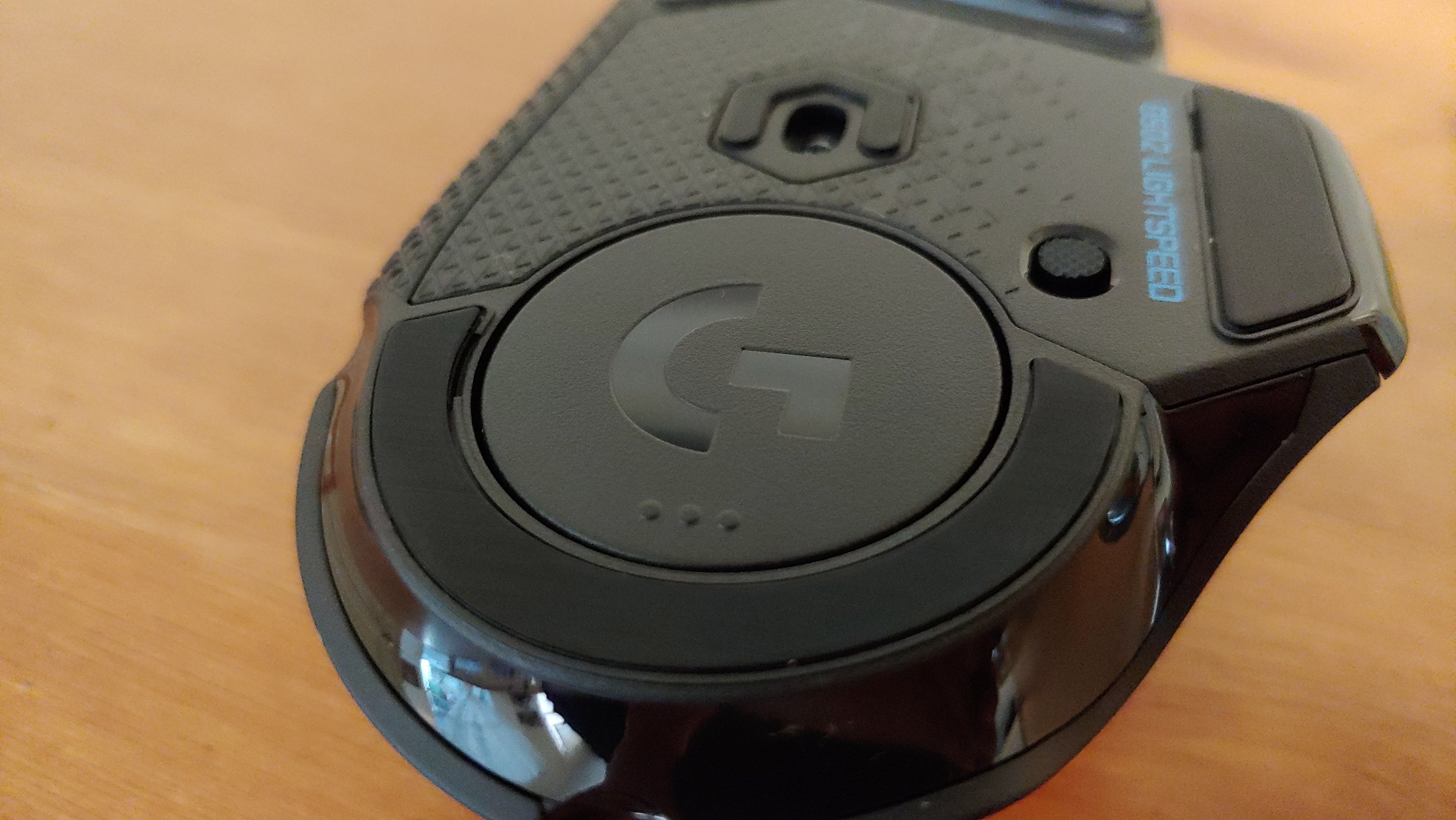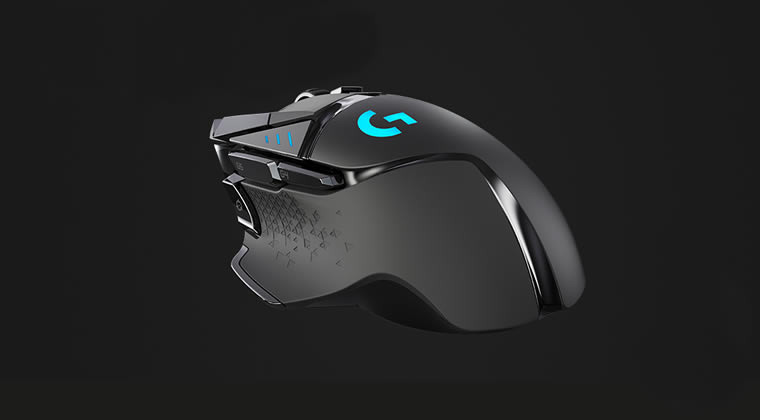

- #Logitech g502 x lightspeed pro
- #Logitech g502 x lightspeed software
- #Logitech g502 x lightspeed Bluetooth
#Logitech g502 x lightspeed Bluetooth
It can connect over Bluetooth and a detachable USB-C cable in addition to a wireless dongle, and it’s available with Logitech’s tactile (GX Brown), linear (GX Red) or clicky (GX Blue) switches.
#Logitech g502 x lightspeed software
Here you’re looking at dual-shot PBT keycaps, per-key RGB backlighting, dedicated media keys, a sturdy metal base and the usual suite of software customizations through G Hub. That tenkeyless model is also available today for $199.
#Logitech g502 x lightspeed pro
I’ll have to verify Logitech’s battery life claims, but if you’re willing to spend for a high-performing mouse without an explicitly ergonomic shape, the G Pro X Superlight 2 looks to be a top option.īesides the new mouse, Logitech has introduced a new wireless gaming keyboard, the G Pro X TKL. That said, some of those omissions are to be expected given that the mouse is aimed squarely at competitive-minded players. If you own the original Superlight, there probably isn’t enough new here to justify another $159. Logitech’s G Hub software makes it fairly easy to assign macros and DPI profiles – including the ability to customize the sensitivity of horizontal and vertical movements separately – but plenty of people have found it buggy in the past. There are two customizable shortcut buttons on the left side, but none on the right, so the mouse isn’t truly ambidextrous. There’s no RGB lighting, no Bluetooth and no dedicated DPI switch button. If that’s a concern, you can turn on an “optical only” mode through Logitech's G Hub software, though that'll shorten the battery life. Logitech would not provide a specific estimate for how many clicks the main buttons can sustain, but in theory, this hybrid design should be more durable than traditional mechanical switches. The optical switches on the DeathAdder V3 Pro – currently the top premium pick in my gaming mouse buying guide – come off as mushier by comparison. They sound bassier than the first Superlight, but they feel tighter. The new optical-mechanical switches, meanwhile, give each press a distinct, tactile sensation. The G Pro X Superlight 2 (left) looks almost identical to the original Superlight (right) on the outside. (An optional PTFE cover for the USB receiver compartment on the back adds a little extra speed.) The scroll wheel can't tilt left or right, but it’s relatively quiet, grippy and precise. The PTFE (aka Teflon) feet are marginally longer and wider than before, but they glide smoothly either way. Across multiplayer shooters like Halo Infinite, slower-paced RPGs like Baldur’s Gate 3 and everyday work, tracking has been accurate and consistent, while clicks have registered with no noticeable delay. Unsurprisingly, I’ve also had zero issues with performance.

The outer shell is still solid and devoid of “honeycomb”-style holes, and compared to the first Superlight, the texture on the plastic feels a bit higher-quality. Many options these days are technically lower-weight, but no serious person could call this heavy. But this design is safe for a wider range of people.Īt 60 grams, the G Pro X Superlight 2 is only about three grams lighter than its predecessor. It’s still a “jack of all trades, master of none” situation: The Razer DeathAdder V3 Pro, for example, is contoured in a way that’s more accommodating to larger hands and palm grips. Just like the first Superlight, the main appeal here is the ambidextrous, “potato”-style shape, which should fit well with just about any hand size or grip type. I’ve had the G Pro X Superlight 2 on hand for a few days.


 0 kommentar(er)
0 kommentar(er)
